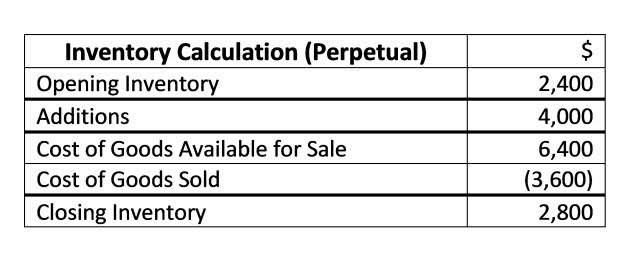
A manufacturer must disclose in its financial statements the amount of finished goods, work-in-process, and raw materials. A term used with standard costs to report a difference between actual costs and standard costs. As our analysis shows, DenimWorks did not produce the good output efficiently since it used 50 actual direct labor hours instead of the 42 standard direct labor hours.
Are medical expenses tax deductible?
Some of your manufacturing overhead expenses, like the property taxes you pay for your warehouses, may be more or less fixed. bookkeeping and payroll services Others, like the electricity needed to run your equipment, will depend on how much you produce. You run your machines longer when you’re producing more, which raises your electricity costs. This is the product’s labor requirement multiplied by the typical hourly wage you pay your employees. Your direct labor cost would be $75 if it takes five hours to make a product, and you pay your employees $15 an hour on average. Because of how frequently the situation changes and how many unpredictable factors are involved, it almost always differs from the actual costs.

A quick-paced setting

Standards provide incentives and motivation to work with greater effort. Standard Costing is a tool for the management to gain reduction in the cost and control over it. Under this technique, differences are analyzed and responsibilities are determined. Through the application of this costing it can be ascertained whether or not the activities of production are going on according as the pre‐determined plan. Companies average inventory costs and how much they sell over the income statement period.
Direct Labor: Standard Cost, Rate Variance, Efficiency Variance
- Standard costing is an accounting method used by manufacturers to estimate the expected costs of a production process for the coming year.
- Standard costing is a subtopic of cost accounting, with the primary difference being that cost accounting assigns “standard” costs, rather than actual costs, to its cost of goods sold (COGS) and inventory.
- To arrive at a final total, add up all of your manufacturing overhead expenses.
- We will discuss later how to handle the balances in the variance accounts under the heading What To Do With Variance Amounts.
- Once these costs are determined, cost accounting involves the use of different costing techniques to determine the costs of different products, departments or areas of the business.
Under this plan stores ledger control A/c, WIP ledger control A/c and Finished Stock A/c are debited and credited both at actual and standard standard costing costs. In each of these three accounts, two parallel columns are provided on the debit and credit sides, one column is used to enter actual costs while standard costs are entered in the other column. The cost of sale account and financial statements record only the actual costs.

Accordingly, Sage does not provide advice per the information included. These articles and related content is not a substitute for the guidance of a lawyer (and especially for questions related to GDPR), tax, or compliance professional. When in doubt, please consult your lawyer tax, or compliance professional for counsel.
- They represent an ideal point that can be reached if all the variables that affect the costs within a process go perfectly without any interruptions.
- Standard cost helps to prescribe standards and the attention of the management is drawn only when the actual performance is deviated from the prescribed standards.
- As mentioned above, we will assign the fixed manufacturing overhead on the basis of direct labor hours.
- Traditional approaches limit themselves by defining cost behavior only in terms of production or sales volume.
- They don’t provide enough detail to demonstrate how successfully your business produced a particular batch or unit of product.

If $2,000 is an insignificant amount relative to a company’s net income, the entire $2,000 unfavorable variance can be added to the cost of goods sold. The preceding list shows that there are many situations where standard costing is not useful, and may even result in incorrect management actions. Nonetheless, as long as you are aware of these issues, it is usually possible to profitably adapt standard costing into some aspects of a company’s operations. AccountingCoach PRO includes forms to assist in a better understanding of standard costs and their related variances. Standard costing is a cost accumulation system that makes use of predetermined costs. Furthermore, the management of the business, before setting up a standard cost system, should classify and codify all the relevant costs.